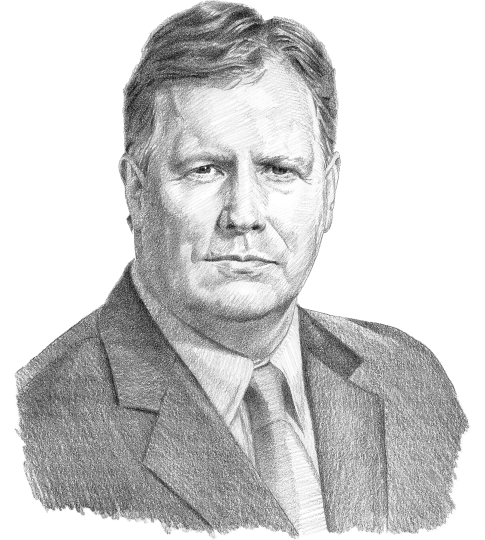Ukraine’s long path to victory and NATO
While the 31-nation alliance is committed to arming Ukraine, NATO allies took the prospect of membership off the table until at least after the war.
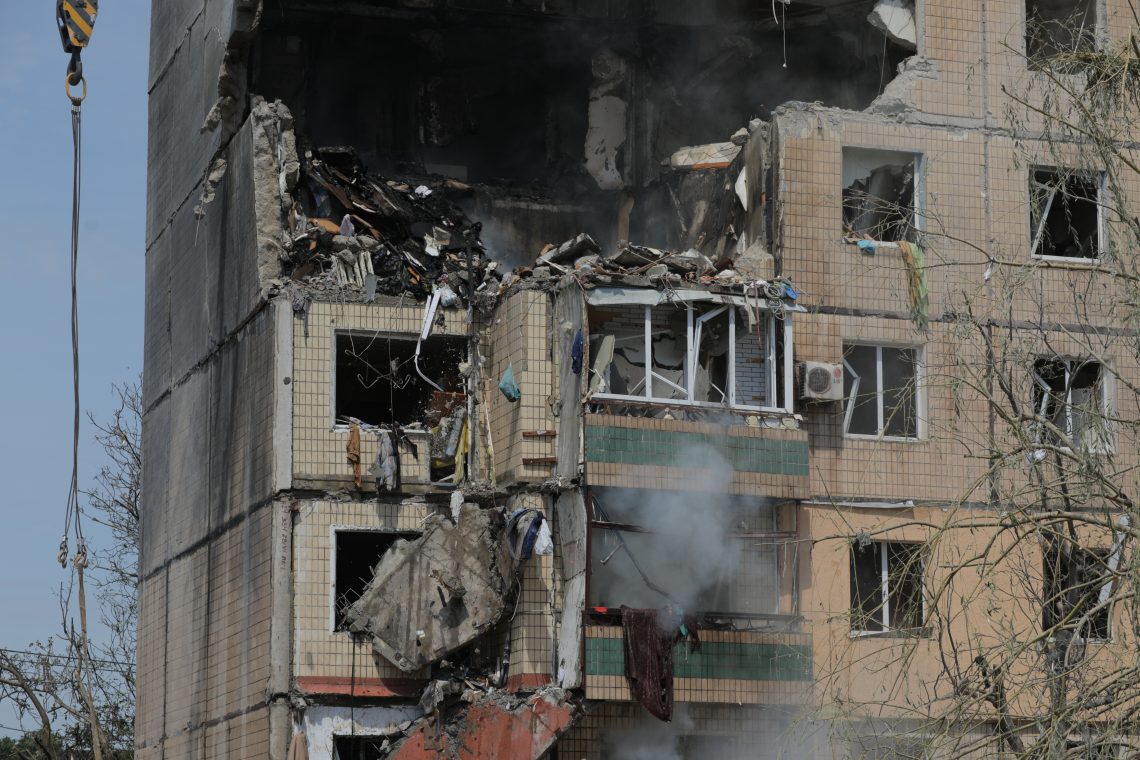
In a nutshell
- Russian success in Ukraine will likely lead to more Kremlin adventurism
- Despite the costs, the West needs Ukraine to prevail on the battlefield
- Frontline NATO allies are the most determined to keep support high
Perceptions of the outcome of the NATO summit, which wrapped up in Vilnius, Lithuania, in mid-July, resembled the Rorschach inkblot test of psychology fame.
Some observers will see strands of strength and solidarity in the 74-year-old transatlantic alliance, while others will see elements of fatigue and division. Yet another group will split the difference and see the state of the alliance as somewhere in between.
Nevertheless, the summit sought to address a lot of pressing issues (the Summit Communique included 90 points), but the marquee matter was Ukraine, which has been battling a full-scale Russian invasion since February 2022.
Summitry boilerplate
The 31-nation alliance highlighted its members’“shared values of individual liberty, human rights, democracy, and the rule of law” and reaffirmed an “enduring transatlantic bond, unity, cohesion and solidarity at a critical time for our security and international peace and stability.”
Members affirmed that “NATO is a defensive alliance” and recommitted themselves “to defend each other and every inch of allied territory at all times, protect our one billion citizens, and safeguard our freedom and democracy.”
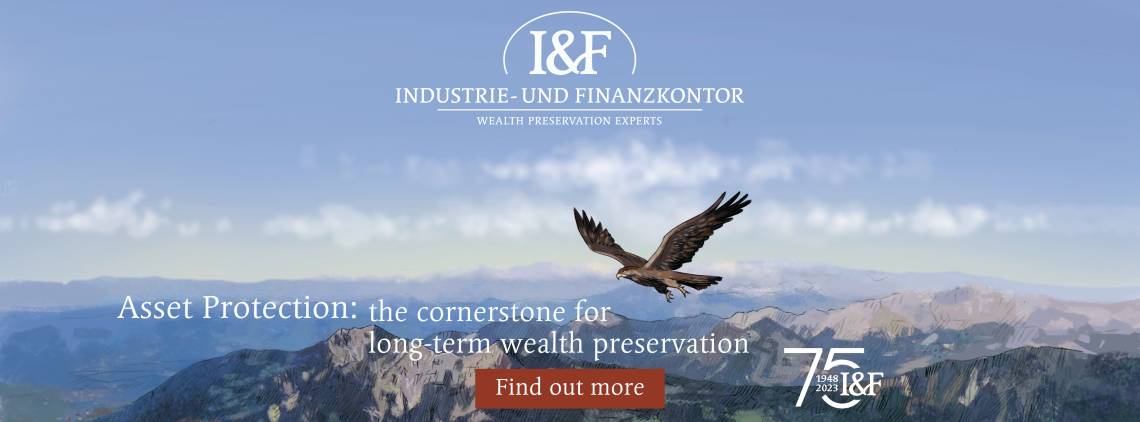
The alliance welcomed Finland as its 31st member and noted the recent agreement between Turkey and Sweden that will allow Stockholm to join the political-military group fully, likely in the fall of this year, as its 32nd member.
The communique recognized the presence of leaders from outside the alliance including the prime ministers of Japan, Australia and New Zealand, as well as the president of South Korea, which signaled NATO’s interest in security issues in East Asia.
The foreign ministers of Georgia and Moldova, whose countries still have territory occupied by Russian forces, and the deputy foreign minister of Bosnia-Herzegovina also attended the summit for consultations.
But despite the presence of these participants from beyond NATO, Ukraine was the talk of the summit.
More by Peter Brookes
China’s nuclear weapons buildup
The potential for a biolab-origin pandemic
Unsettled by Ukraine
With the Russia-Ukraine war right on NATO’s doorstep – and with no end in sight amid Kyiv’s counteroffensive – the conflict consumed almost all the oxygen at the meeting venue as well as at the informal confabs on the sidelines.
NATO members had, perhaps, hoped that the war in Ukraine would be over by now and that the summit would be able to focus on other pressing issues such as instability in Africa and the Middle East, the unprecedented rise of China, cybersecurity, space and the growing concerns about artificial intelligence.
The military conflict in Ukraine has every possibility of spilling over into NATO to a greater extent than it already has beyond the boiling political tensions, the heartbreaking humanitarian crisis and the egregious economic costs, including energy and food insecurity.
Frontline NATO states such as Poland, Romania, Slovakia and Hungary worry about their proximity to the violence and instability moving across their borders. The Baltic states are nervous about Russian geopolitical ambitions beyond Ukraine as well as actions in Belarus involving Russian nuclear weapons.
Based on the Kremlin’s saber-rattling, Russia’s potential use of tactical (low-yield) nuclear, biological or chemical weapons in Ukraine in an effort to change the course on the battlefield in Moscow’s favor is also a major concern.
The use of these weapons of mass destruction (WMD) in Ukraine would cause NATO to consider a potential military response. Russian WMD use could also lead to the possible spread of radioactive fallout, chemical agents or biological pathogens across borders and into NATO territory.
Importantly, the NATO communique explicitly noted that the alliance would not recognize Russian territorial land grabs in Ukraine, including Donbas and Crimea, which Russia claims to have illegally annexed.
The communique also called on Russia to immediately cease its hostilities and “completely and unconditionally” withdraw its forces from Ukrainian territory, restoring Kyiv’s independence, territorial integrity and political sovereignty within its broadly recognized international borders.
While diplomatic signaling in the form of joint statements and press conferences are often a central element of bilateral and multilateral summits, the so-called “deliverables” are equally important to an evaluation of an international meeting.
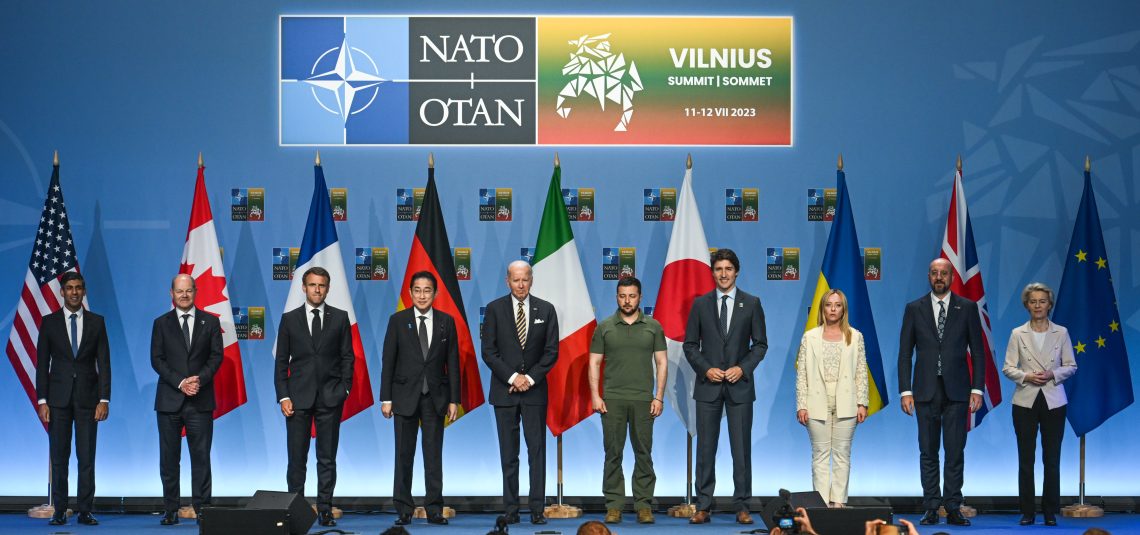
Munitions, yes; membership, not yet
Ukrainian President Volodymyr Zelenskiy came to Vilnius with hopes that NATO would show continued solidarity with the Ukrainian cause, supply additional high-impact weaponry to the Ukrainian armed forces and provide an invitation and timetable to Kyiv for membership in the alliance. Unfortunately for Ukraine, the results were mixed.
In terms of solidarity with the Ukrainian cause of resisting Russian belligerence, there was no question: Kyiv repeatedly heard continued support for Ukraine and its people in rolling back Moscow’s military moves.
Indeed, the NATO communique notes that the alliance “will continue our support for as long as it takes. We welcome efforts of all allies and partners engaged in providing support to Ukraine.” A new, bilateral consultative grouping, the NATO-Ukraine Council, was also formed.
Ukraine also had good news on the delivery of weapons. Though controversial due to an international treaty that bans these arms, Washington approved the provision of cluster munitions to Kyiv to replenish Ukrainian stocks.
While the United States is not a party to the 2008 Convention on Cluster Munitions, which has more than 100 signatories, a number of NATO members are members of the agreement, causing some controversy within the alliance. Neither Russia nor Ukraine is a party to the convention.
Just prior to the summit, it was also announced that Ukrainian pilots would be starting F-16 fighter aircraft training this summer in Denmark as part of a plan to improve Kyiv’s air power and competitiveness for command of the skies.
The transfer of the U.S. Army Tactical Missile System (or ATACMS), a longer-range system that Ukraine had hoped for, was not granted. This system would allow Kyiv’s forces to strike further into Russian-held Ukrainian territory, especially against command-and-control nodes and logistics depots, perhaps bolstering the counteroffensive.
The biggest disappointment for Ukraine was that an offer of NATO membership would not be coming now.
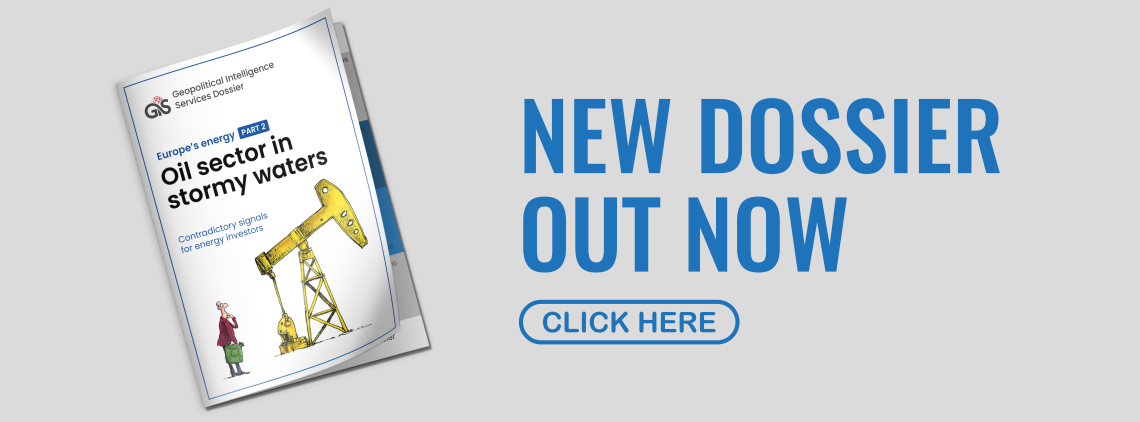
NATO instead said that “we fully support Ukraine’s right to choose its own security arrangements. Ukraine’s future is in NATO.” But it clearly still has concerns about reforms, writing: “We will be in a position to extend an invitation to Ukraine to join the alliance when allies agree and conditions are met.”
Of course, offering an invitation to Ukraine for membership now is fraught with challenges. This includes the fact that some Ukrainian territory is currently occupied, which could draw NATO into the conflict, raising the specter of a wider war in Eurasia and even the exchange of nuclear weapons.
It was concluded that NATO membership would have to wait until after the war, at least.
This was clearly a disappointment for President Zelenskiy, who had likely desired to use even a timetable for an invitation of membership as a political-military truncheon to beat back the aspirations of Russian President Vladimir Putin.
There were tensions at the summit, exposing divisions within the alliance. Mr. Zelenskiy called the lack of a NATO membership timetable for Ukraine “absurd” and the British defense minister said that Ukraine should show “gratitude” for the support already provided.
By the end of the two-day summit, heated emotions subsided and cooler heads prevailed as the participants – at least publicly – were generally comfortable in calling this critical NATO summit a “success.”
But despite the alliance’s words and deeds in Vilnius, the question remains: Will NATO’s support endure for long enough and be sufficient to allow for the possibility of a Ukrainian victory?
Scenarios
NATO’s support diminishes
War is extraordinarily costly in blood and treasure. The Ukraine conflict has inflicted a heavy price, the heaviest on the Ukrainians themselves. As a result, it is possible that, if the war slogs on, major suppliers of aid will experience weariness if there is no prospect for peace. A “frozen conflict” that may last for years is certainly a possibility.
Signs of progress in the ongoing Ukrainian counteroffensive are important.
Donor fatigue could be exacerbated by perceptions of unbalanced defense burden-sharing, too, among those supporting Ukraine. This is already a concern of the people and political class in the U.S., Ukraine’s largest aid donor.
If there is a sense that some NATO members are doing more than others, there could be calls for a limit on the amount of aid or its duration, especially considering domestic fiscal concerns and the pressures of public opinion and elections in democracies.
While these are among the most serious threats to the support for Ukraine, this scenario is less likely.
NATO support remains stable or increases
In international affairs, there are costs to action, but there are also costs to inaction. While supporting Ukraine during this crisis is costly to its partners, failing to support Ukraine could be even costlier.
Successful Russian aggression in Ukraine could lead to additional Russian military adventurism in Europe, especially in Eastern Europe and the Baltics. An emboldened Moscow would seek to exert control over the Arctic, an increasingly contested area.
The loss of Ukraine to Russian political and military domination would put severe strains on the unity of NATO, potentially creating deep schisms in the alliance over the haunting question of “Who lost Ukraine?”
With the potential for Russian forces being stationed threateningly on the edge of NATO territory, Europe would potentially return to the days of the Cold War, including the associated arms buildups and races.
While supporting Ukraine in its battle for its independence and sovereignty is expensive, the cost of long-term instability – including the political, humanitarian and economic consequences – in Eurasia is even more costly, meaning that this scenario is the most likely near-term outcome for NATO policy.
